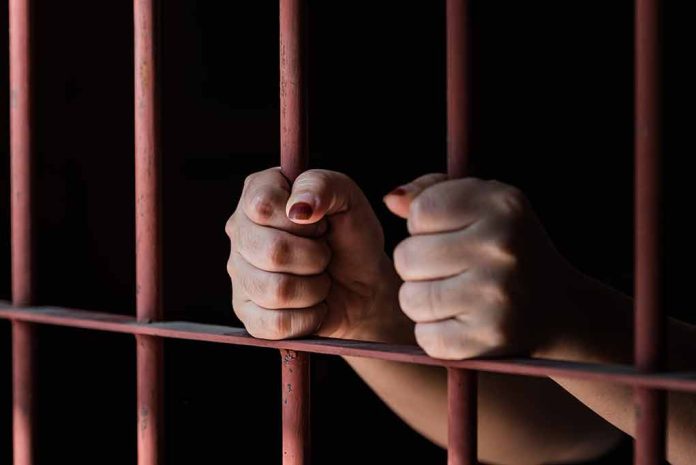
The escape of a Chinese woman from a migrant detention facility in Panama raises questions about the country’s immigration policies and the living conditions in such facilities.
Key Takeaways
- Over 300 migrants, mostly from Asian countries, are currently detained in Panama under an agreement with the U.S.
- The escape challenges Panama’s assertion that migrants are not forcibly detained.
- Rights groups criticize the conditions and the ethical treatment of migrants in these facilities.
- Some migrants face relocation to harsh conditions near the Darien Gap.
Panama’s Role as a Transit Stop
Panama serves as a transit stop for migrants primarily from Asian countries under an agreement with the United States. Approximately 300 deportees are housed in a local hotel as part of this arrangement. The escape of a Chinese woman from this facility has drawn international attention, questioning the nature of their detention. This incident challenges the Panamanian government’s claims that migrants are voluntarily housed, casting a light on the detention framework’s flaws.
Panama’s detention practices have faced scrutiny from human rights organizations, highlighting the conditions under which these migrants live. Reports indicate that those who escape such facilities often do so due to inadequate living conditions, raising ethical concerns about their treatment. This incident has raised larger questions about the intent and execution of the migrant agreement with the United States, spotlighting Panama’s practices and transparency.
Criticism from Rights Groups
Rights groups have been vocal in their criticism of Panama’s detention facilities, emphasizing the cramped and potentially hazardous conditions migrants endure. The incident has called into question the ethical considerations of housing migrants in facilities that resemble detention centers more than transitional accommodations. The escape signifies the desperation migrants feel due to limited options and unsanitary conditions.
“We’ll go to the courts. We will point out the instances of illegal behavior and lack of due process and hope that the guardrails hold.” – Michelle Lapointe
The implications of this incident are far-reaching, indicating issues with Panama’s commitment to human rights and the ethical treatment of those caught in international agreements. The impact on Panama’s international image and relationship with the United States remains to be seen, as scrutiny intensifies over how it manages its role as a migrant transit hub.
Challenges Facing Migrants
The escape has put significant pressure on Panamanian authorities to reconsider the treatment and facilities provided to migrants. Many face the threat of relocation to areas near the Darien Gap, known for its harsh and inhumane conditions. This raises valid concerns over the adequacy of Panama’s handling of migrant populations entrusted to its care, especially under agreements that might not prioritize the welfare of the individuals.
The incident has sparked a broader dialogue on the complexities of international migration agreements and the responsibilities of governments involved. Panama’s response and any subsequent policy changes will serve as a litmus test for how well it navigates both domestic concerns and international expectations in handling migrant populations.
Sources
1. How would Donald Trump carry out his mass deportation scheme?









